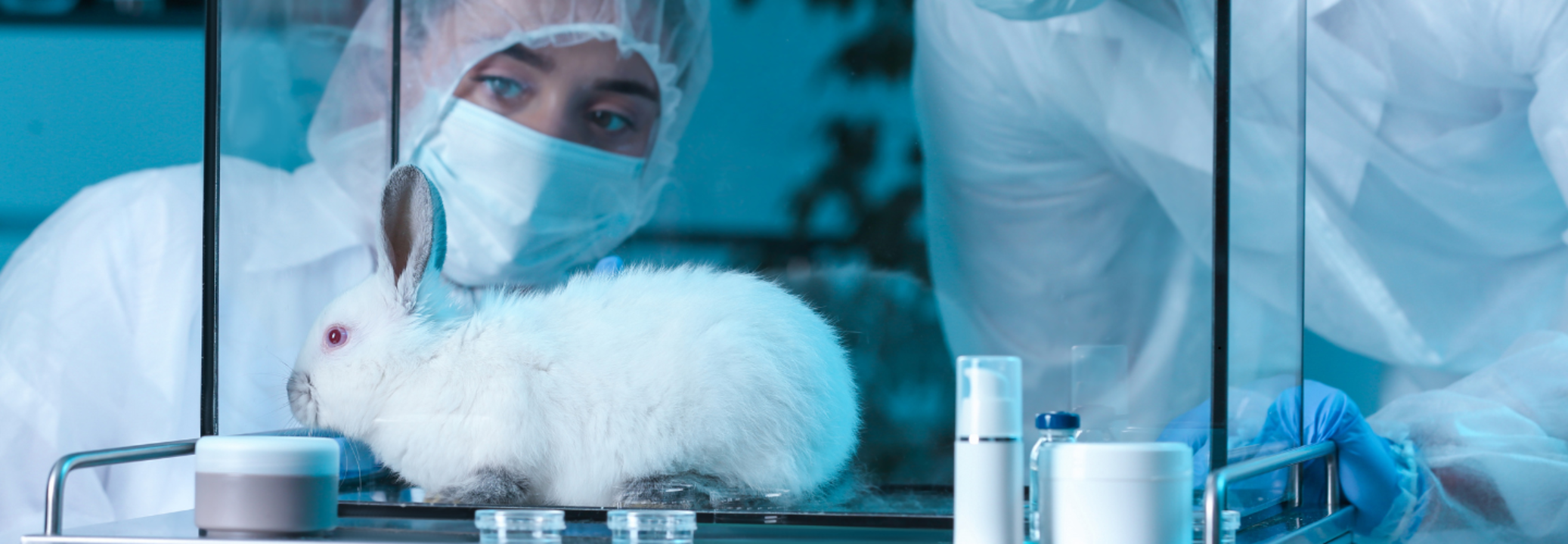FDA Plans To Halt Animal Testing For Drug Approval, What Could Replace It?

Credits: Canva
SummaryIn other news, the US Food and Drug Administration is now reducing animal testing for drug development and will replace it with new models and better, and more ethical tools. Read on to know.
End of Article
